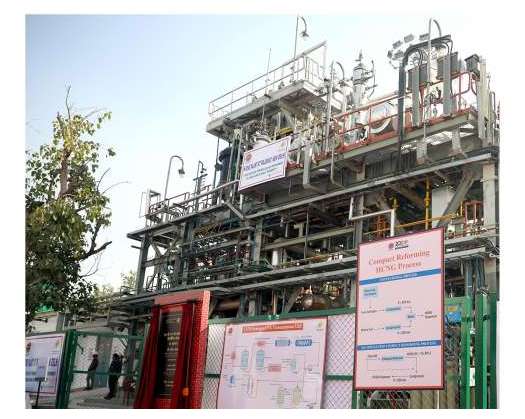Oil prices climbed for the second consecutive day on Thursday as market participants anticipate a potential interest rate cut by the Federal Reserve in September. However, the increase was limited by higher inventories in the United States and a plan by OPEC+ to boost supply.
Brent crude futures traded at $78.74 per barrel, marking a 0.42% rise, while U.S. West Texas Intermediate crude futures stood at $74.46, reflecting a 0.53% increase.
A recent poll conducted by Reuters revealed that nearly two-thirds of economists expect the Fed to lower interest rates in September, countering bearish supply news. Lower interest rates can stimulate economic activity and drive up oil demand by reducing borrowing costs.
Nevertheless, the argument for rate cuts may be undermined by the growth of the U.S. services sector, which constitutes a significant portion of the country's economic output, rebounding in May after contracting in April.
Despite the gains experienced on Thursday, oil benchmarks were still on track for weekly declines of approximately 4%. This can be attributed to the recent supply decision made by the Organization of the Petroleum Exporting Countries (OPEC) and its allies.
On Sunday, the group agreed to extend most of their oil output cuts until 2025. However, they also allowed for gradual unwinding of voluntary cuts from eight members, starting in October. Emril Jamil, a senior analyst for crude at LSEG Oil Research, expressed concerns about the OPEC+ decision, stating that the unwinding of 2.2 million barrels per day in the final quarter of 2024 will further exert pressure on benchmark prices.
Additionally, bearish sentiment is expected due to expectations of weaker demand as inventory builds. Furthermore, Saudi Arabia has reduced its official selling prices (OSP) for July crude, which was revealed in a document seen by Reuters on Wednesday.
This adjustment was made in response to declining Middle East crude benchmarks and weaker profit margins for Asian refiners. In the United States, crude stocks increased by 1.2 million barrels in the week ending May 31, contrary to analysts' estimates of a draw of 2.3 million barrels, as reported by the U.S. Energy Information Administration.









